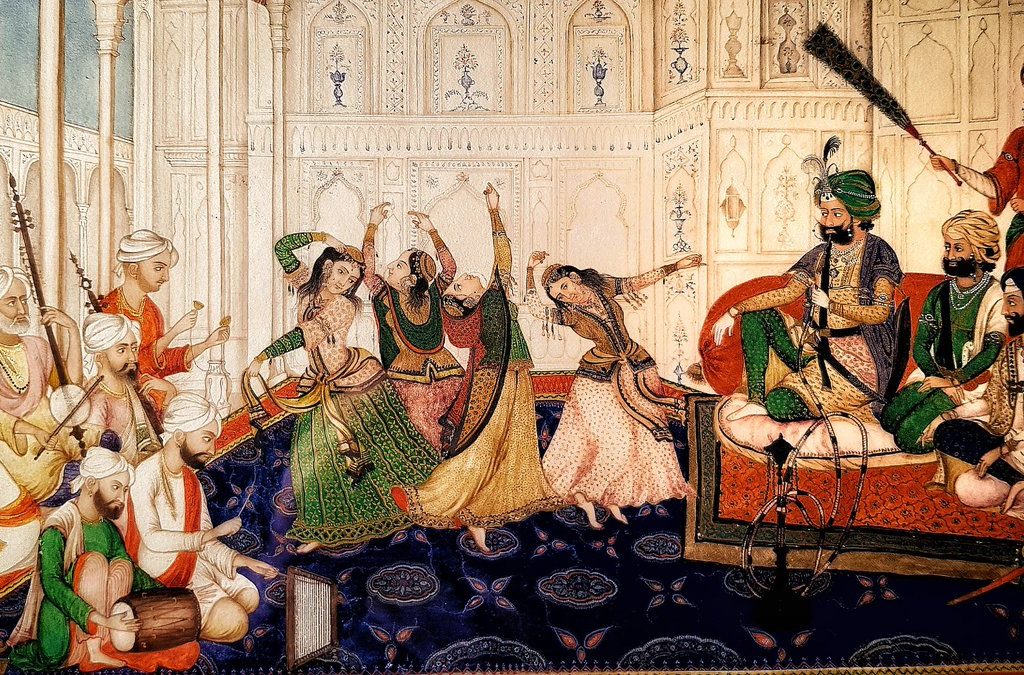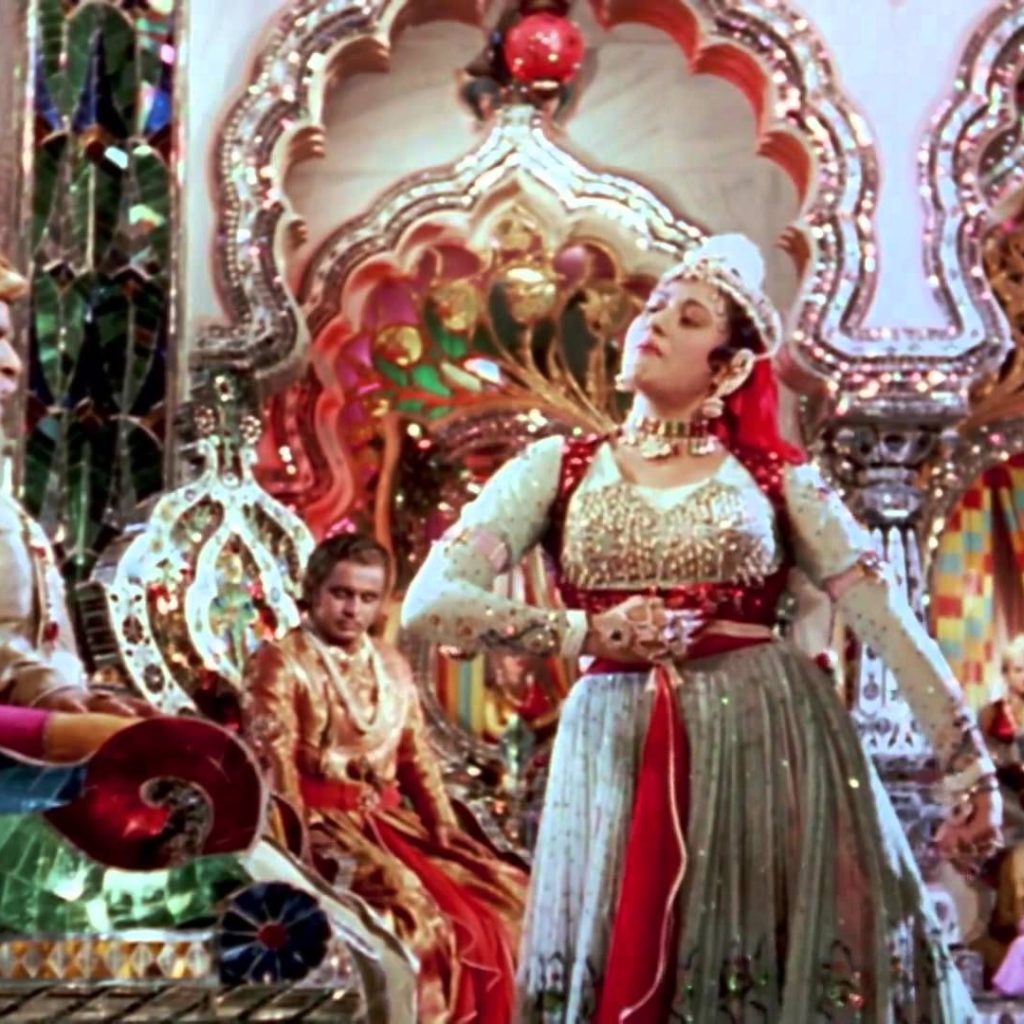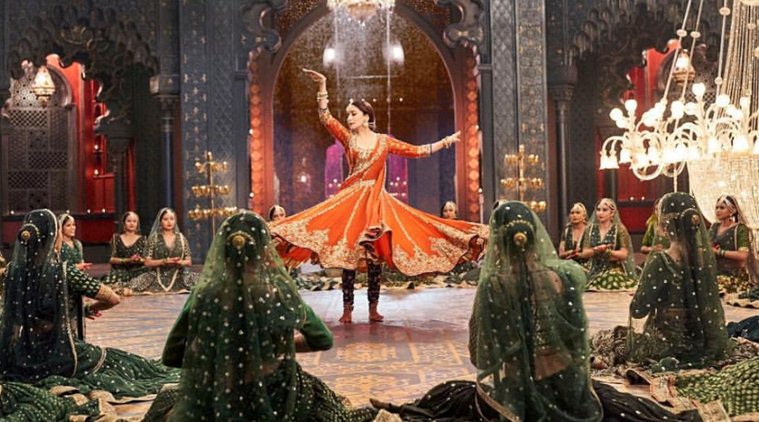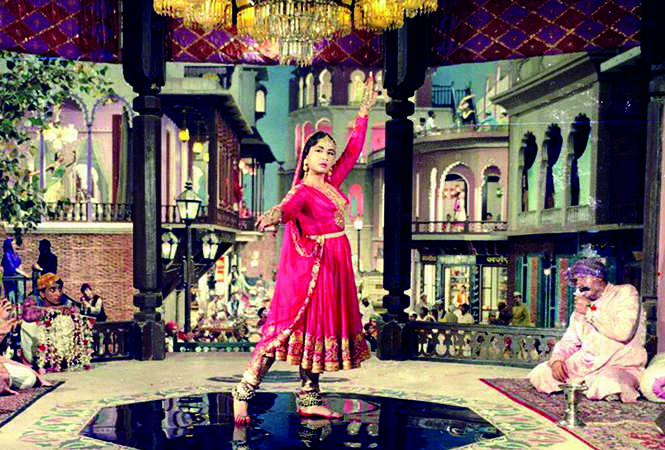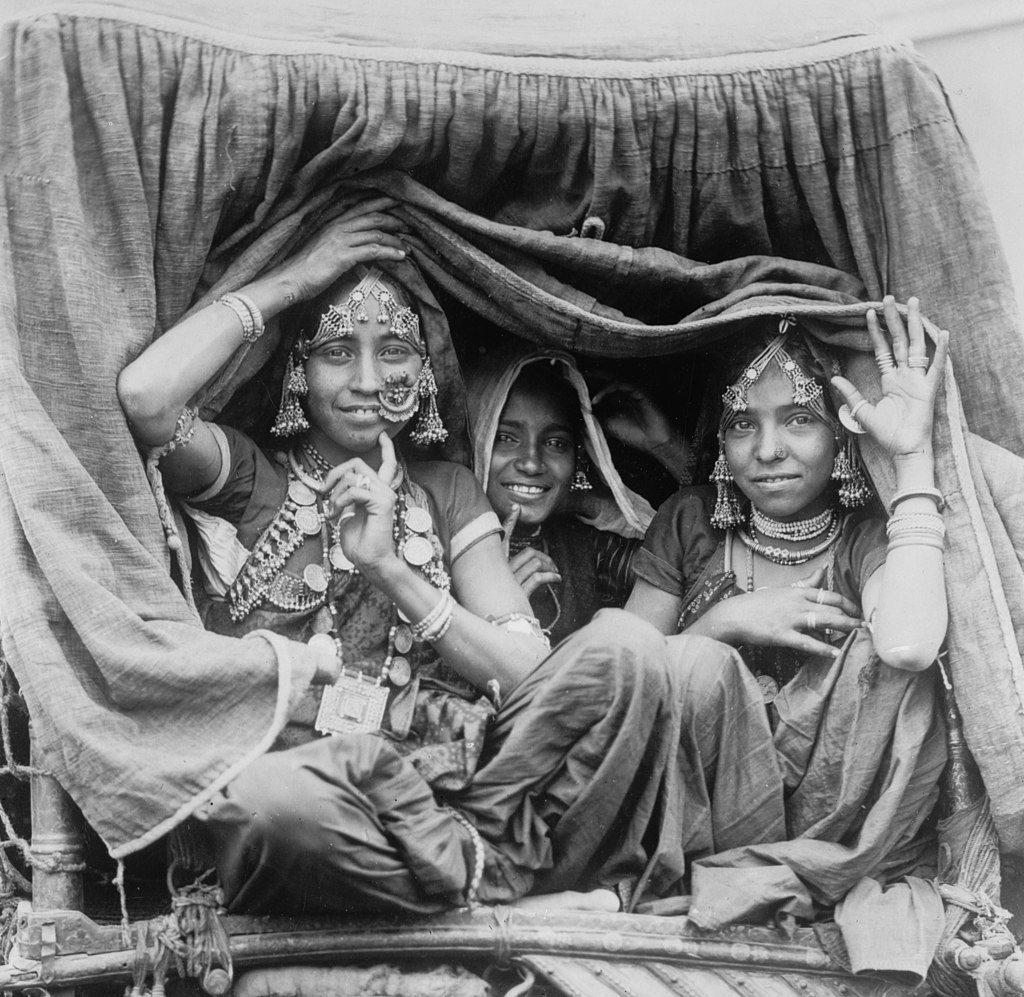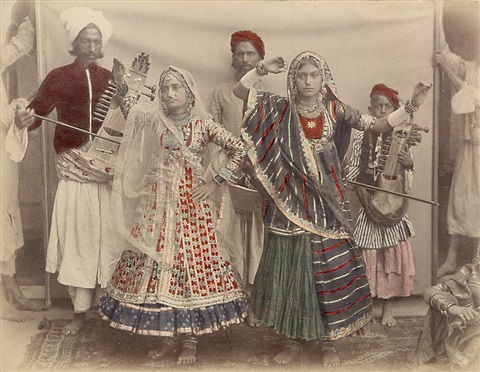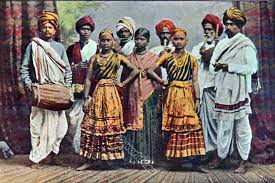Kathak’s origin in India can be traced back to 400 BC. The earliest surviving text with Kathak roots is the Natya Shastra, written by the sage Bharata. Academic records suggest that Kathak was initially started in Banaras and then spread to Jaipur, Lucknow, and other parts of Northern India.
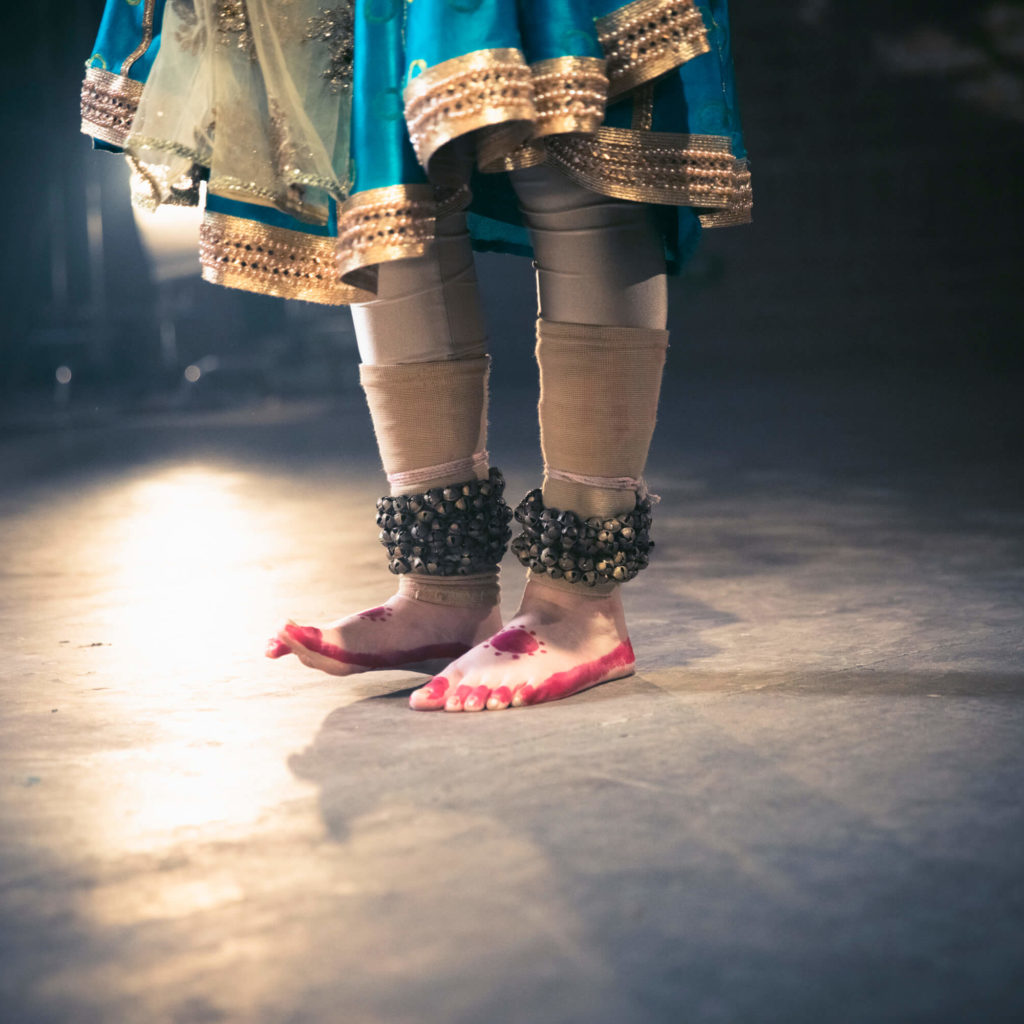
Ancient Era and the Bhakti Movement
(The bhakti movement was started with the aim of social reformation of Hinduism. It provided an individual-focused alternative path to spirituality regardless of one’s birth or gender.)
Kathak has been linked to the Bhakti movement in Lucknow, where it is said to have evolved by incorporating the childhood and stories of the Hindu god Krishna and independently in the courts of north Indian kingdoms.
Kathak was initially a folk dance; storytellers traveled enacting mythological stories. These kathaks were then invited into temples to perform their tales of gods and goddesses. In the medieval age, when large scale destruction of temples ensued, kathaks lost their shelter, began to scatter, and eventually found refuge in the courts of Kings or nawabs, and started adapting the dances to suit the tastes of the courts and their rulers.
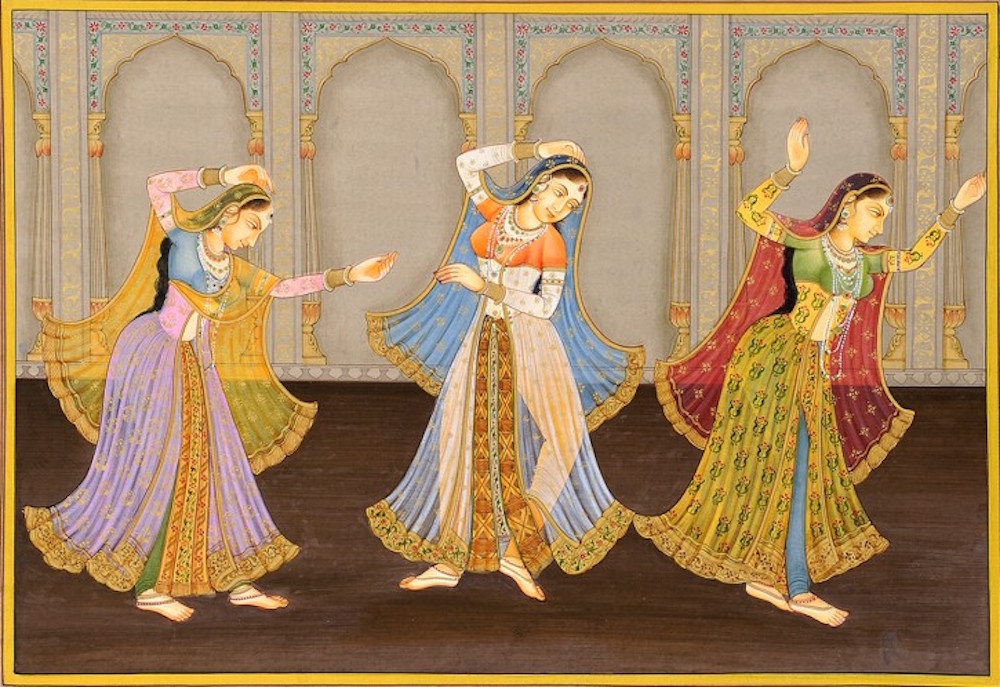
Mughal Age
The Mughal era courts and nobles accepted Kathak as a form of aristocratic entertainment, which low-income families and kathaks were willing to provide. Kathak had to transform itself completely, Hindu culture was slowly erased, and the dance began to absorb the court’s show and grandeur. It emerged as a means of entertainment and sensual pleasure. Over time, the Kathak repertoire added Persian and Central Asian themes, such as the whirling of Sufi dance. The costumes replaced Saris with items that bared midriff and included a transparent veil familiar with medieval Harem dancers. Ghungroos (ankle bells) and other jewelry were introduced. The dance’s dependence on the court slowly ate away at the integrity of the dance form and its artists and came to be known as courtesans.
British Raj
During British colonial rule in the 19th century India, Kathak, and other classical dance forms were discouraged and nearly driven to extinction. Kathak was seen by the British as evidence of ‘harlots, debased erotic culture, slavery to idols and priests” tradition, and Christian missionaries demanded that the spread of the dance must be stopped, launching the “anti-dance movement” or “anti-nautch movement” in 1892. Officials and newspapers dehumanized the Kathak dancers. The patronage sources were pressured to stop supporting the Kathak performing “nautch girls” (also termed as devadasis and tawa’ifs in mid-20th-century literature). With the spread of western education, Kathak’s general opinion was that it was a front for prostitution. However, the founding families or gharanas grew stronger and kept the dance alive among their families as an oral tradition, passed down from generation to generation. Kathak gurus also shifted to training boys instead of girls.
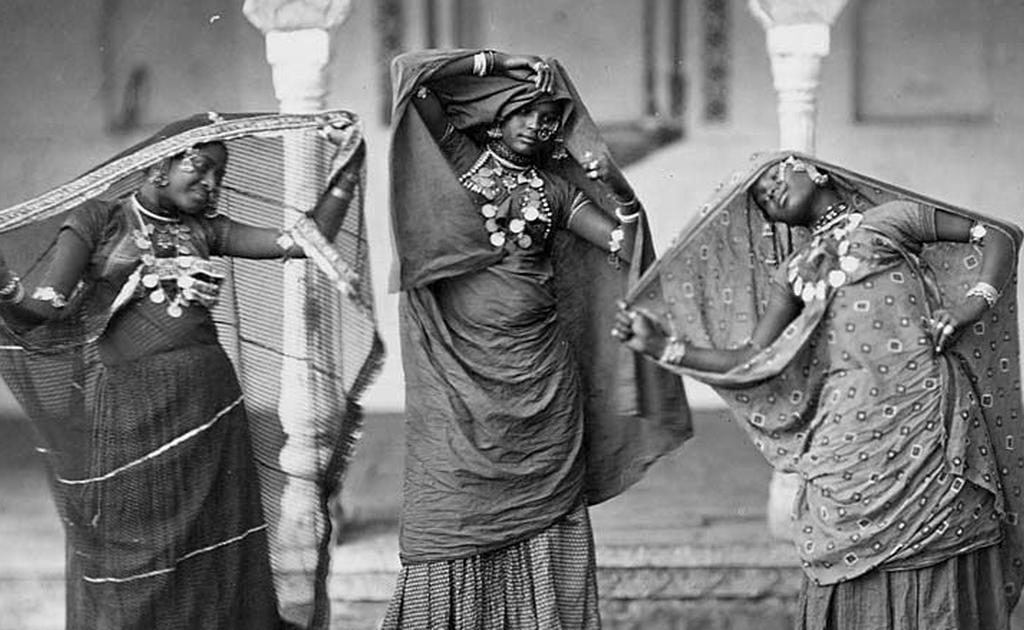
After Independence
Kathak was revived during the independence struggle, during a cultural ferment and effort to reclaim culture and rediscover history

